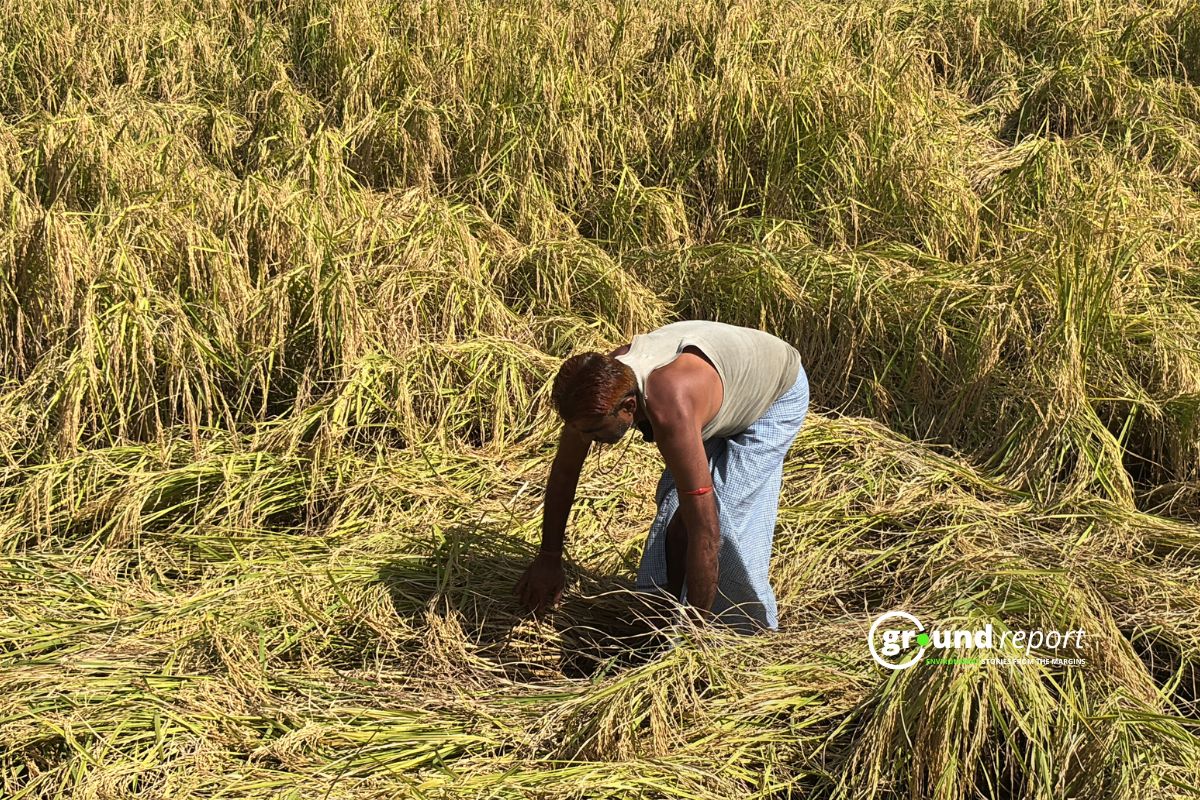A new Union Environment Ministry report states that there are at least 150 elephant corridors spanning 15 range-states across four elephant-bearing regions in India, with West Bengal topping the list with 26 such land strips.
The country’s central government listed 88 corridors in their 2010 Elephant Task Force report (Gajah report).
The latest report, titled “Elephant Corridors of India”, also highlights that 59 of these corridors have experienced an increase in the intensity of elephant use, 29 have maintained a stable intensity, and 29 have experienced a decrease. Out of the total corridors, 15 have been impaired and need restoration efforts to restore functionality. Unfortunately, information regarding the current use of 18 corridors by elephants was unavailable.
60 new elephant corridors identified across country
The report stated that West Bengal has the most elephant corridors, which amount to 26, accounting for 17 per cent of the total corridors. The East central region contributed to 35 per cent, which equates to 52 corridors, while the North East region was the second largest with 32 per cent, meaning a total of 48 corridors.
Southern India accounted for 32 elephant corridors, which constituted 21 per cent of the total, while northern India had the lowest number with 18 corridors or 12 per cent.
The majority of the corridors noted to be within state boundaries and the intensity of the use of corridors has increased by 40 per cent. Nevertheless, the study indicates that 29 corridors, constituting 19 percent, witnessed a decline in usage, while experts identified 10 others as impaired, requiring restoration to enable elephant movement.
India’s Elephant Corridors: Key Findings
In 2017, experts estimated that India was home to approximately 30,000 elephants, making up a significant 60% of the global elephant population. This latest report stems from a collaborative initiative involving the Union Environment Ministry’s Project Elephant, state forest departments, and technical support from the Wildlife Institute of India. The extensive process of ground validation for 150 elephant corridors across 15 states spanned nearly two years.
West Bengal leads the nation in terms of the highest number of elephant corridors, encompassing more than 17% of all such land patches in India. Among the four regions in India inhabited by elephants, the east-central region boasts the most elephant corridors, with 52, followed by the northeast region with 48 and the southern region with 32. The northern region has the fewest elephant corridors, totaling 18.
Out of the 150 reported elephant corridors, 126 are entirely within the political boundaries of individual states, while 19 span across two states. Additionally, India and Nepal share six transnational corridors, primarily situated in Uttar Pradesh.
Elephant range expansion and corridors
Elephants have recently expanded their ranges in states including Vidarbha in Maharashtra bordering Chhattisgarh, southern Maharashtra adjacent to Karnataka, Madhya Pradesh (with elephants now found in Bandhavgarh and Sanjay tiger reserves), and northern Andhra Pradesh, where elephants migrate from Odisha.
In these regions, assessing the long-term suitability of habitats to sustain elephant populations and adopting data-driven approaches to identify corridors are critical.
Moreover, the report points out that data on elephant movement remains limited in several northeastern states hosting relatively small elephant populations. State forest departments and Project Elephant are anticipated to collaborate and provide clarity regarding the corridor status in these areas in the coming years.
Keep Reading
Part 1: Cloudburst in Ganderbal’s Padabal village & unfulfilled promises
India braces for intense 2024 monsoon amid recent deadly weather trends
Support us to keep independent environmental journalism alive in India.
Follow Ground Report on X, Instagram and Facebook for environmental and underreported stories from the margins. Give us feedback on our email id greport2018@gmail.com.
Don’t forget to Subscribe to our weekly newsletter, Join our community on WhatsApp, and Follow our YouTube Channel for video stories.









